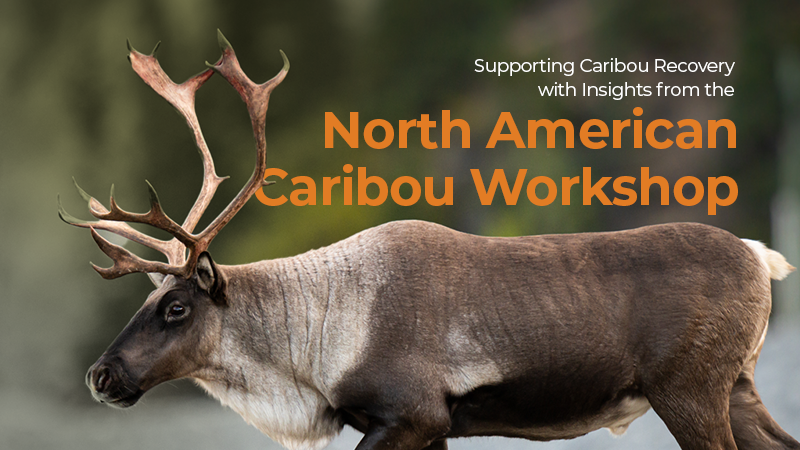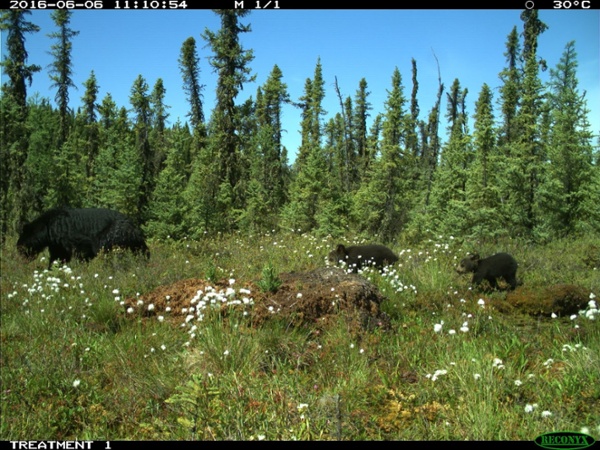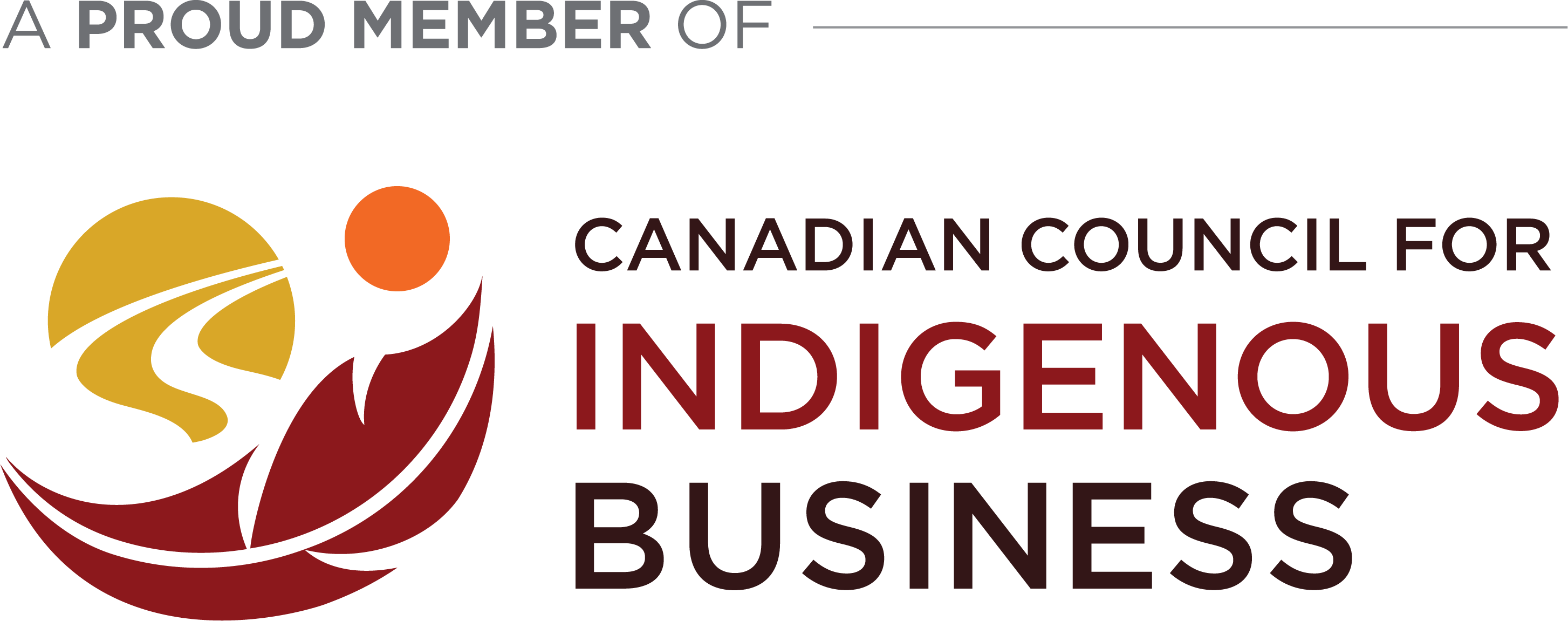Linear restoration – the process of encouraging vegetation regrowth on legacy disturbances such as seismic lines or access roads – is an important process in enhancing and increasing functional habitat for Species at Risk such as woodland caribou.
The first large-scale linear restoration program implemented in Alberta, the 2011 Algar Caribou Habitat Restoration Program, saw over 340km of seismic lines treated through a variety of assistive regeneration techniques. The majority of these 56,000 hectares were covered by bogs and fens, which comes with a unique set of challenges.
Challenges in Fen Restoration:
- Accessibility issues,
- Seedling flooding,
- Interspecies competition, and
- Unstable soil conditions for growth.
Despite these challenges, the team, led by six oil sand companies operationalized winter planting and natural regeneration techniques to recover the area over the course of several years.
Post-Restoration Monitoring
In the years since the completion of the Algar restoration, Silvacom embarked on a six-year collaboration to monitor wildlife habitat use and to evaluate the net benefits of habitat restoration through the quantification of ecosystem services.
Learn more about the review of the Algar Ecosystem Service Project.
A decade after the initiation of the restoration project, the Silvacom team used high-resolution imagery and a deep dive analysis to determine the restoration success of the fens within Algar, factors which may have impacted restoration success, and recommendations for improved fen restoration in the future.
Fen Restoration Findings in Algar
Our team explored seedling survival and restoration success on treed lowland and low-density treed sites in poor and rich fens and found that poor fens responded marginally better than rich fens to restoration activities. Our team determined that grass and shrub species dominated most restoration sites within fens, which may have limited seedling growth through crowding and interspecies competition.
Recommendations for Improved Fen Restoration
Through this project, our team presented recommendations for alternative measures of successful linear restoration in fen sites, such as considering overall vegetation cover and ease of movement, rather than limiting the definition of vegetation cover to tree species. More details on the work our team completed can be found in the Algar Habitat Project: Improving Fen Restoration Outcomes report.
Silvacom's Approach and Services
Interested in the methods Silvacom used through this work and how they can be applied to your projects? Reach out to discuss:
- Targeted literature review for informing new techniques and procedures,
- High-quality drone imagery capture and review,
- Vegetation analysis using high-definition imagery, and
- Analysis of restoration success through establishment surveys.
To learn more about our services, visit www.silvacom.com/environment or contact us by clicking the button below:






